- Home >
- News >
- Local News
City, tribes share history along lakeside path
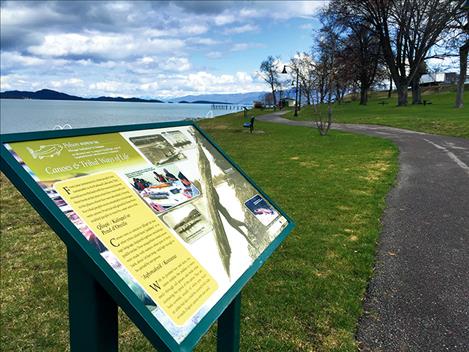
Linda Sappington
More than a dozen interpretive signs are posted along the walking path between Salish, Sacajawea and Riverside Parks in Polson.
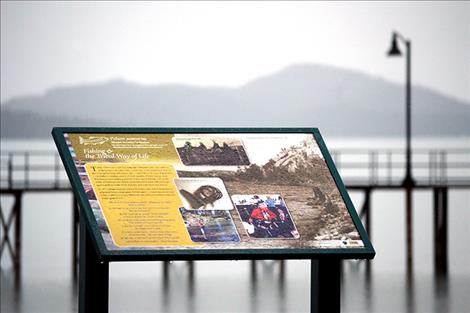
Linda Sappington
Fishing culture and history is explained in a sign near the West Pier.
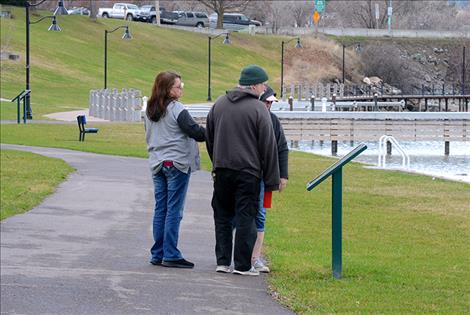
Linda Sappington
Folks stop to read one of the informative signs at Sacajawea Park Thursday afternoon.
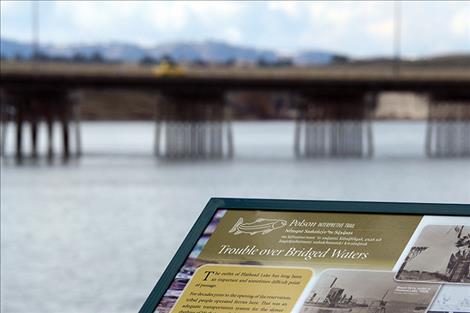
Linda Sappington
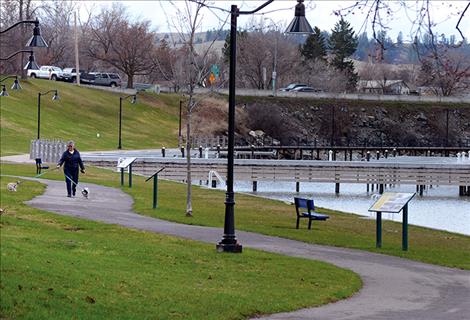
Linda Sappington
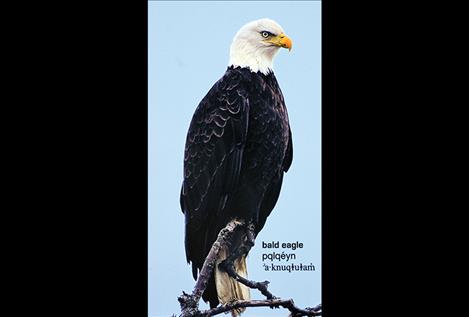
Linda Sappington
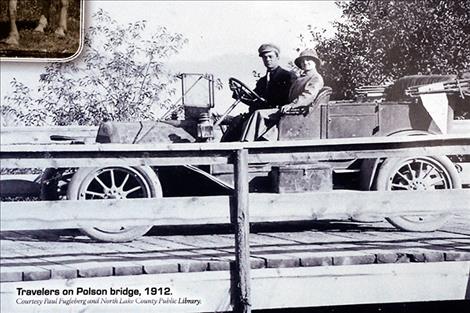
Linda Sappington
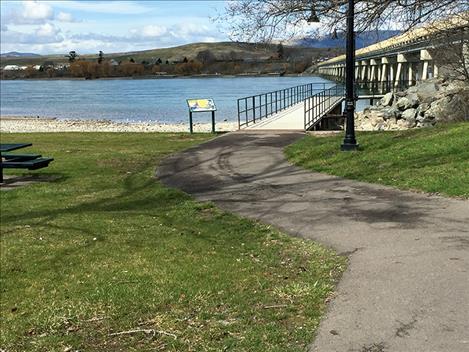
Linda Sappington
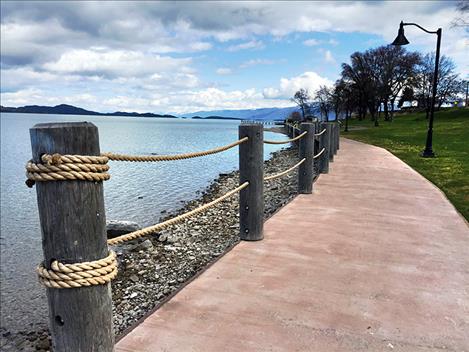
Linda Sappington

Linda Sappington

Linda Sappington
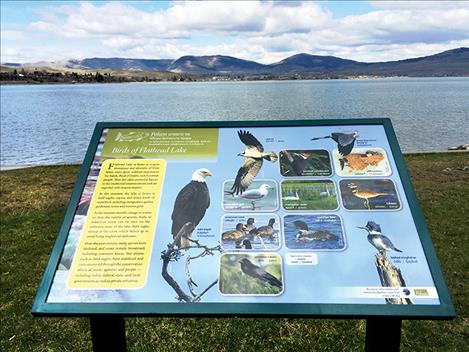
Linda Sappington
Issue Date: 4/5/2017
Last Updated: 4/6/2017 9:38:40 PM |
By
Linda Sappington
Keep Reading!
You’ve reached the limit of 3 free articles - but don’t let that stop you.















